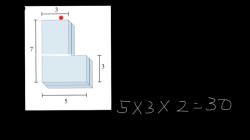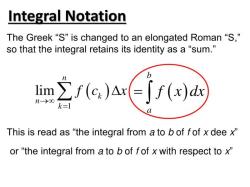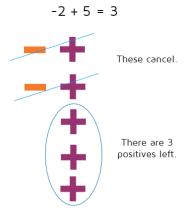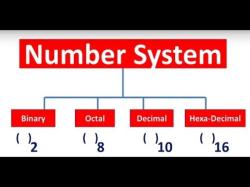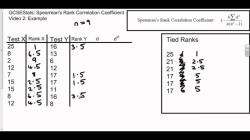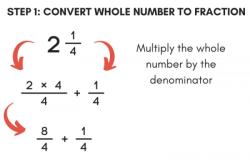How to solve limits with a calculator?
When solving limits with a calculator, especially for more complex expressions or when dealing with irrational functions, trigonometric functions, or exponentials, you can use the following step-by-step approach:
Evaluate Direct Substitution:
- The first step is to try direct substitution. Plug in the value that the variable is approaching and see if the expression is defined. If direct substitution produces a finite value, that is your limit.
Example:Substitute directly to get .
Use the Calculator for More Complex Expressions:
- For more complicated expressions, especially those involving trigonometric, exponential, or logarithmic functions, use your calculator to evaluate the expression numerically. Most scientific calculators allow you to input and evaluate complex expressions.
Example:Use your calculator to find the numerical value of as approaches .
Graph the Function:
- Graphing the function can provide insights into the behavior of the expression as approaches a certain value. Graphing calculators or software tools can help visualize the function.
Example:Use a graphing calculator to plot the function and observe the behavior as approaches 0.
Check for Indeterminate Forms:
- If you encounter an indeterminate form ( or ), consider using L'Hôpital's Rule or other algebraic manipulations to simplify the expression.
Example:Apply L'Hôpital's Rule or manipulate the expression algebraically to simplify the limit.
Leverage Built-in Functions:
- Many calculators have built-in functions for common mathematical operations and functions. Utilize these functions to simplify or evaluate parts of the expression.
Example:Use the calculator's exponential function to simplify the expression.
Remember that calculators are powerful tools, but they have limitations. Some limits may require additional mathematical techniques or algebraic manipulations that go beyond what a calculator can directly provide. In such cases, understanding the underlying mathematical principles and employing additional methods may be necessary.
How can a calculator aid in solving mathematical limits?
While calculators can't single-handedly solve all limit problems, they can be valuable tools for several reasons:
Numerical evaluation:
- Checking answers: Inputting different values close to the point of interest and evaluating the limit can provide numerical evidence for your solution, even if you obtained it algebraically.
- Estimating limits: For complex functions or those with indeterminate forms, calculators can help estimate the limit by evaluating nearby values and observing the trend.
Visualization:
- Graphing the function: Many calculators can plot functions, allowing you to visually analyze the behavior of the function near the point of interest and gain insights into its limit.
- Table of values: Creating a table of values around the point of interest can show the function's behavior numerically and help visualize its approach to the limit.
Specific functions and operations:
- Trigonometric and exponential functions: Calculators readily handle these functions and their inverses, simplifying calculations involving limits related to these functions.
- Iteration and recursion: Some calculators have built-in functions for iteration and recursion, which can be helpful for solving certain types of limit problems involving iterative processes.
Additional benefits:
- Efficiency: Calculators can perform repetitive calculations quickly, saving you time and effort, especially for numerical evaluations and iterative calculations.
- Confirmation and exploration: Using a calculator can confirm your algebraic solutions and encourage you to explore different values and scenarios to gain a deeper understanding of the limit behavior.
Limitations:
- Conceptual understanding: Calculators primarily provide numerical results, so they shouldn't replace your understanding of the theoretical concepts behind limits and their properties.
- Indeterminate forms: Calculators might not provide a definitive answer for indeterminate forms like 0/0 or infinity/infinity. You might still need to apply L'Hôpital's rule or other techniques.
- Accuracy: While calculators offer high precision, round-off errors can still occur, affecting the accuracy of your limit estimations.
Overall, calculators can be valuable tools for complementing your understanding and solving of mathematical limits, but they should be used thoughtfully and in conjunction with your theoretical knowledge and analytical skills.








